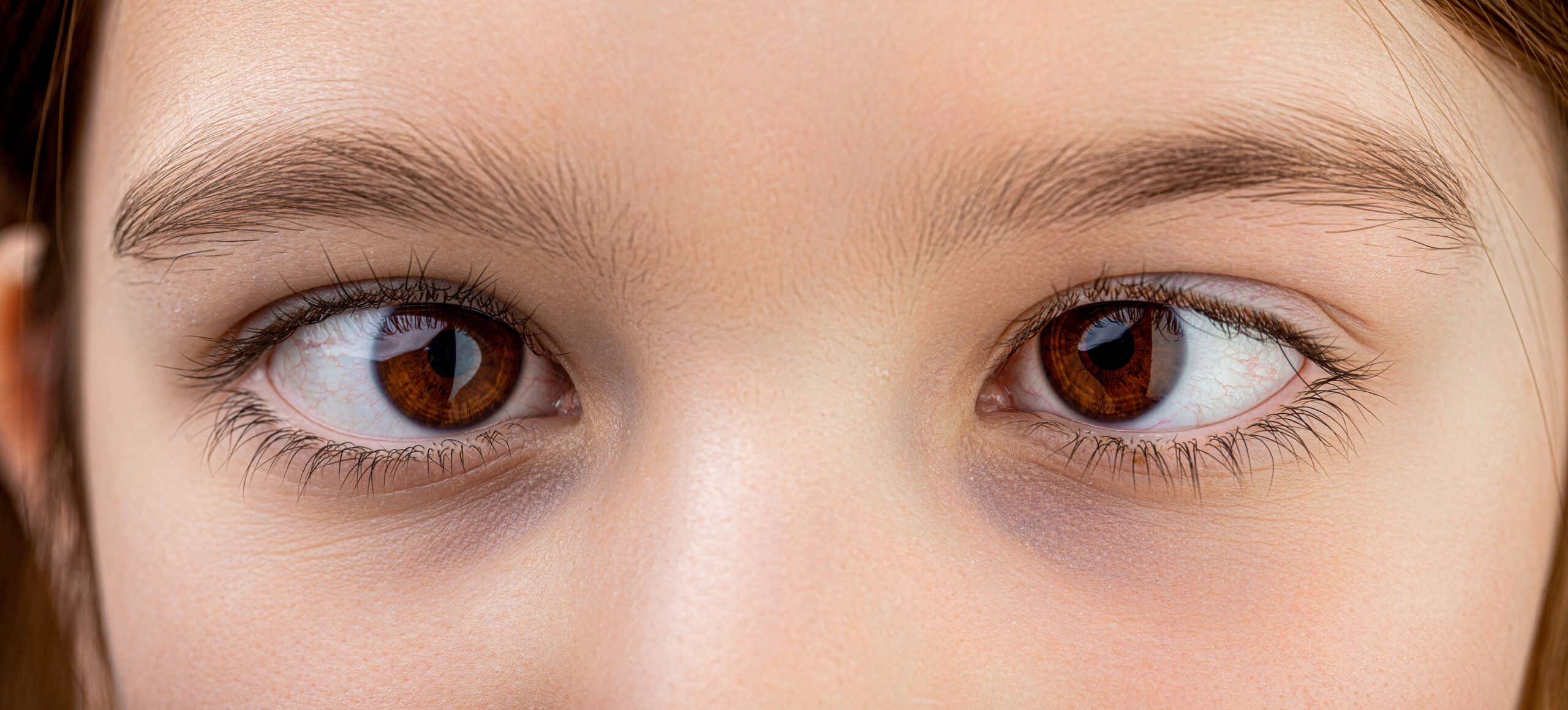What is Squint?
Squint, also known as strabismus, is a condition where the eyes do not look in the same direction. Instead, one eye may turn in, out, up, or down while the other looks straight ahead. Because of this, the eyes do not work together as a team. Many people ask, “what is squint?” It is important to know that squint can affect both children and adults. Early detection can help prevent vision problems. According to the World Health Organization (WHO), squint is a common eye issue worldwide.
Common Symptoms of Squint
Recognizing squint symptoms early can help with treatment. Some signs are easy to spot, while others may be subtle. For example, children may not complain about vision problems. However, parents can watch for these symptoms:
Sometimes, squint symptoms may come and go. But if you notice any of these signs, it is wise to seek help.
Causes of Squint
There are several causes of squint. Some are present at birth, while others develop later. For instance, squint can run in families. But it can also happen without a clear reason. Here are some common causes:
Because the causes can vary, a full eye exam is important. Early treatment can prevent long-term vision loss.
How is Squint Diagnosed?
Many people wonder how to diagnose squint. Eye specialists use several tests to check for squint. First, they will ask about symptoms and family history. Next, they will examine how the eyes move and focus. Some common tests include:
Sometimes, extra tests are needed. For example, if a child has other health problems, more checks may be done. Early diagnosis helps guide the best squint treatment options.
Treatment Options for Squint
There are several squint treatment options. The right choice depends on the cause, age, and how severe the squint is. Often, a mix of treatments works best. Here are some common options:
Sometimes, treatment is needed for several months or even years. But with the right care, many people see good results. According to the American Academy of Ophthalmology, early treatment can prevent permanent vision loss.
Living with Squint: Tips and Guidance
Living with squint can be challenging, but support is available. For instance, children may feel shy or face teasing. However, parents and teachers can help by offering encouragement. Here are some tips:
With the right support, people with squint can lead full and active lives.
Prevention and Early Detection
While not all cases of squint can be prevented, early detection makes a big difference. For example, regular eye exams can catch problems early. Here are some steps to help:
Because early treatment works best, do not delay if you have concerns.
When to See an Eye Specialist
Sometimes, it is hard to know when to seek help. However, you should see an eye specialist if:
Remember, early care can prevent lasting problems. Do not wait if you have any doubts.
Consult an eye specialist for personalized advice on squint.

